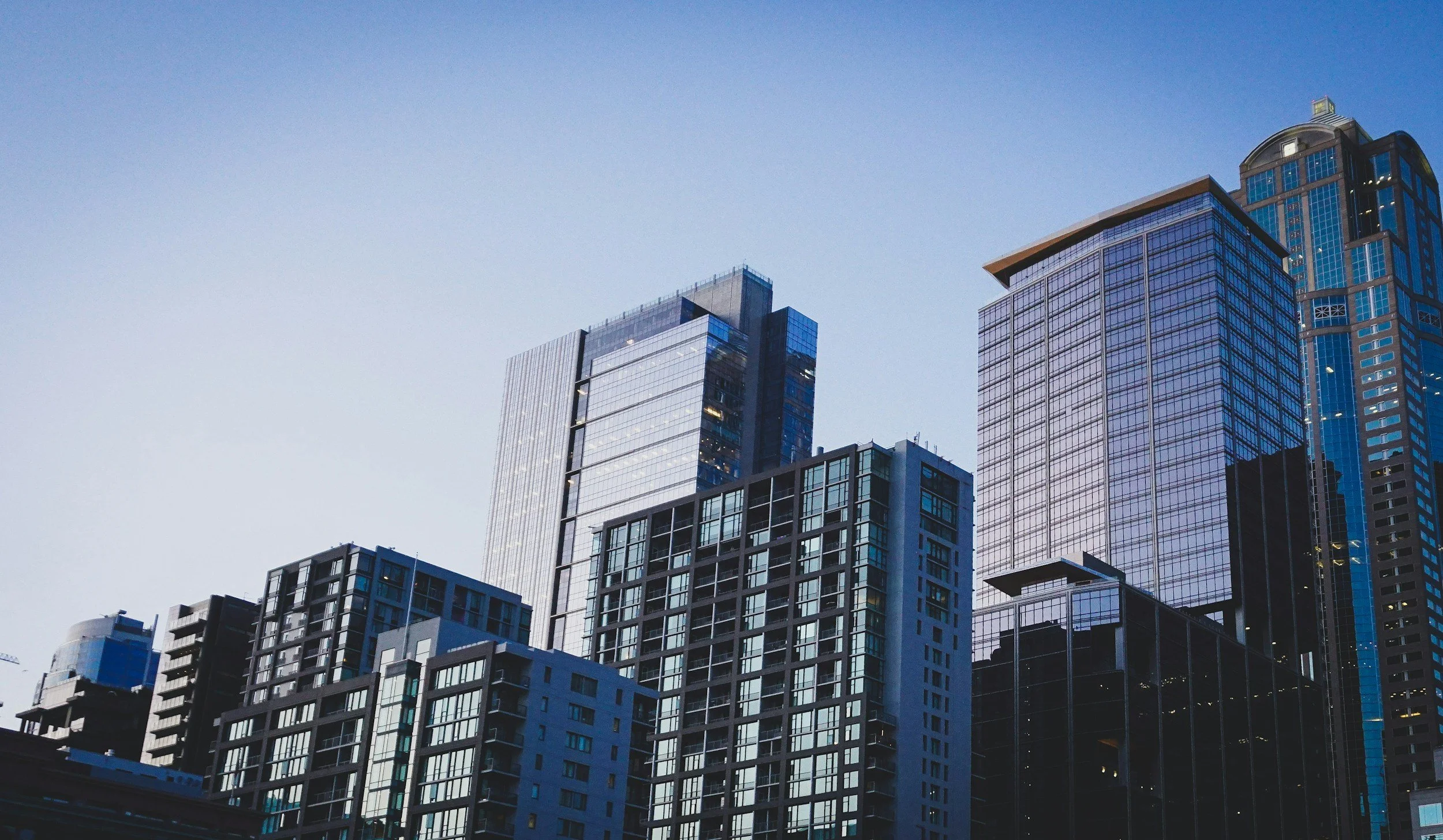If you’ve been investing for a while, you know the grind.
You’ve closed deals, managed contractors, worked through leases, and seen both wins and setbacks. Maybe you’ve owned single-family rentals, a few duplexes, or even some small commercial buildings. You understand the fundamentals: how to run numbers, navigate debt, and keep properties occupied.
But here’s a question that hits at a different level: are your investments giving you leverage or just more responsibility?
As your portfolio grows, so does the complexity. More tenants often mean more phone calls. Bigger buildings bring additional systems, staff, and liability. And while your equity might be growing on paper, your time can get stretched thin across too many directions.
That’s why more experienced investors are quietly shifting toward asset classes that offer something rare in commercial real estate: simplicity that still delivers strong returns.
Two of the most overlooked categories in this space are flex industrial and industrial outdoor storage (IOS).
They’re not flashy. You won’t find them in luxury investor decks or high-end brochures. But these properties produce solid returns, attract long-term tenants, and are surprisingly light on operational headaches. Best of all, they give seasoned investors a way to keep growing without being consumed by the demands of their portfolio.
In this post, we’ll walk through:
What makes flex and IOS so attractive
The numbers behind why they work
How they fit into a growing portfolio
And why they might be the most strategic asset class you haven’t explored yet
This is not about going bigger for the sake of scale. It’s about going smarter.
Because the goal is not more units. It’s more freedom.















